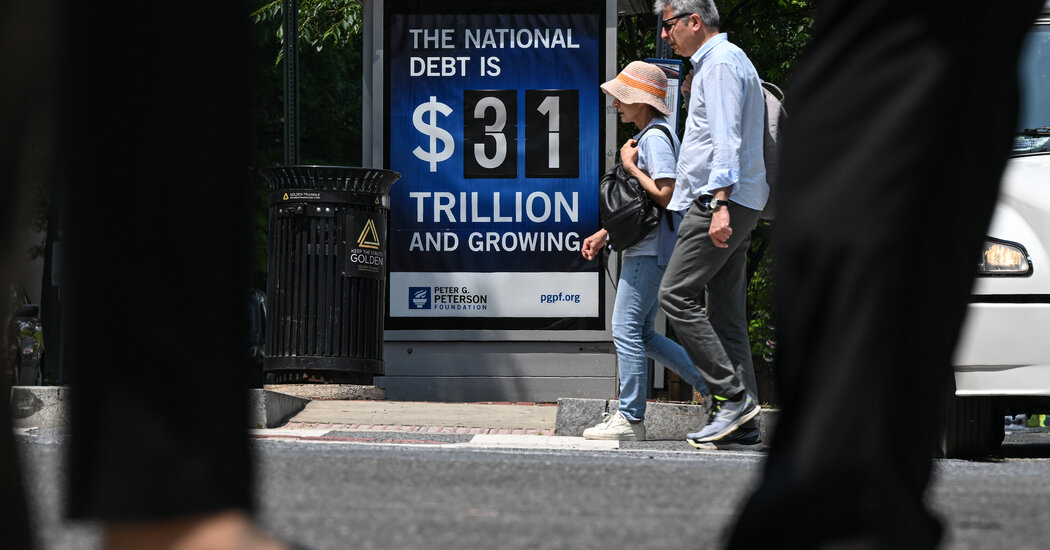According to an analysis published Tuesday by the Bipartisan Policy Center, an influential think tank that closely monitors federal spending.
The analysis underscores the growing possibility that the United States will default as early as next week. It comes amid negotiations between the White House and Republicans in Congress to reach an agreement that would also lift the $31.4 trillion borrowing ceiling.
“In early June, Treasury will be skating on very thin ice that will only get thinner by the day,” said Shai Akabas, the center’s director of economic policy. “The problem with skating on thin ice, of course, is that you sometimes fall through it.”
The center said the Treasury Department would operate with “dangerously low” cash reserves after Memorial Day and that any day in June would carry greater risk. The department has used accounting maneuvers known as extraordinary measures to delay a default since the United States technically hit its debt limit in January, but they are expected to be exhausted soon.
The center noted that the federal government could receive a deferment if it collected enough revenue to meet June 15, when quarterly tax payments are due. That could push a default, the so-called X-date, to July.
Treasury Secretary Janet L. Yellen said this week, however, that she considered it unlikely the federal government would have enough cash on hand to make it through mid-June.
In a letter to Congress on Monday, Ms. Yellen reiterated her assessment that the X date could arrive as early as June 1. may take several weeks. Instead, she emphasized the urgency of the situation.
“If Congress fails to raise the debt limit, it would cause serious problems for American families, damage our global leadership position and raise questions about our ability to defend our national security interests,” Ms. Yellen said.
With the X date approaching, the Treasury Department has made inquiries with federal agencies about the timing of upcoming spending. The Treasury Department recently sent a memo to agencies asking whether scheduled payments could be delayed. The Washington Post previously reported on the memo.
The communication is similar to what the Treasury Department conveyed during the 2021 debt limit gridlock and is part of how it manages its cash reserves.
“To make an accurate forecast around the debt limit, it is critical that the Treasury Department has up-to-date information on the size and timing of agency payments,” said Lily Adams, a spokeswoman for the Treasury Department. “As in previous episodes of debt limits, the Treasury Department will continue to communicate regularly with all aspects of the federal government regarding their planned spending.”

